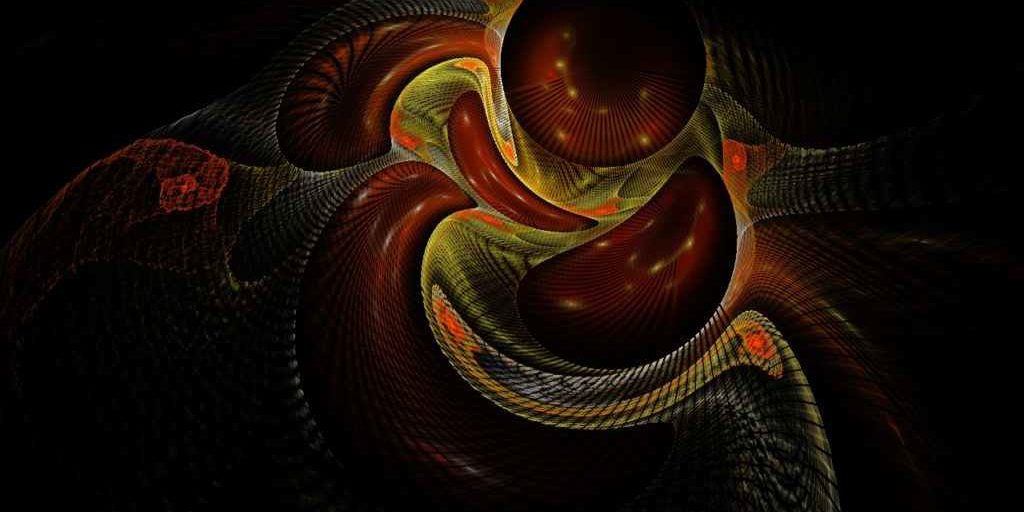
Exchanging Truth for a Lie: Image, Idolatry, and the People of God
Credo  Magaizine’s new issue has recently been released: Idolatry. The following is an excerpt from Benjamin Gladd’s article. Benjamin Gladd is Associate Professor of New Testament at Reformed Theological Seminary. He is the author of Making All Things New: Eschatology in the Daily Life of the Church (Grand Rapids: Baker [2016]) with Matthew Harmon and The Story Retold: A Biblical-Theological Introduction to the New Testament (IVP forthcoming [2018]) with G.K. Beale.
Magaizine’s new issue has recently been released: Idolatry. The following is an excerpt from Benjamin Gladd’s article. Benjamin Gladd is Associate Professor of New Testament at Reformed Theological Seminary. He is the author of Making All Things New: Eschatology in the Daily Life of the Church (Grand Rapids: Baker [2016]) with Matthew Harmon and The Story Retold: A Biblical-Theological Introduction to the New Testament (IVP forthcoming [2018]) with G.K. Beale.
Image and Idolatry in Genesis 1-3
To grasp the nature of idolatry in Romans 1 and God’s subsequent wrath, we must begin with the beginning of the story—the creation of Adam and Eve in the garden. Genesis 1-3, though only three chapters, forms the core of the Bible’s storyline. It’s here where we learn about God’s intimate relationship with creation and his ultimate intention for it. We also learn about the great “cosmic tragedy,”[2] yet God’s commitment to preserving his people through a coming redeemer.
Genesis 1-2 narrates how God created Adam and Eve in his “image.” When God creates Adam and Eve in his image, they are to become his official representatives on earth. According to 1:26, God intends to create “man” in his “image” so that “they will rule the fish of the sea, the birds of the sky, the livestock, all the earth, and the creatures that crawl on the earth.” One verse later, God fulfills his intention, and “man” is “created” in God’s “own image” (1:27).[3] Extensive research in the last several decades on ancient creation accounts and a continued interest in ancient Near Eastern archaeology has sharpened our understanding of “image” here in Genesis.
Just as God rules over the entire cosmos, so mankind, created in the “image” of God, was to rule over the earth and its inhabitants. Fundamentally, being created in God’s image means that Adam and Eve represent him on the earth in all their thoughts and actions. Fundamentally, being created in God’s image means that Adam and Eve represent him on the earth in all their thoughts and actions. Click To Tweet It is the divine imprint of God that reflects his divine attributes and functions in the threefold office of king, priest, and prophet.
Following Adam and Eve’s marriage in 2:22-25, the narrative immediately turns to the serpent’s deception of Eve. The serpent is introduced as being “more crafty than any of the wild animals the Lord God had made” (3:1). We learn here that the serpent is part of the created world, the same world that Adam and Eve were to exercise dominion. By associating the serpent with creation, the implication is that Adam and Eve were tasked with ruling over the serpent.
The serpent’s lie is that Adam and Eve can cast off the divine image and become gods themselves. In their eyes, representing God on earth wasn’t good enough. They wanted to be him, to have what he has, and to know what he knows. The temptation threatens all three offices of Adam and Eve, striking at the heart of being created in God’s image. As God’s images, the first couple represents him on the earth and serves on his behalf. But the serpent allures them to rid themselves of God’s image and become independent of God and function at his level.
Immediately after partaking of the fruit, Adam and Eve “realized they were naked” (3:7). The word here for “naked” is related to the Hebrew word for “crafty” (Exod 21:14; Josh 9:4; Job 5:13). A few verses earlier in 3:1, the serpent is considered “more crafty than any of the wild animals.” The point is that the couple is, as a result of the fall, beginning to take on characteristics of the serpent. [4] Instead of representing God on the earth, Adam and Eve are now beginning to represent the serpent.
This insight brings us to an important principle: images will always be transformed into the object of their worship. G. K. Beale rightly states, “what people revere, they resemble, either for ruin or restoration.”[5] Images are meant to imitate God on earth, so if Adam and Eve obey God, they become more like him. Their divine image was to become more and more aligned with God’s character. But, because they believed and trusted in the serpent instead of God, they began to transform into the serpent’s image. Instead of manifesting the traits of God on earth, they and their descendants will manifest the traits of the serpent. In the following verses, Adam and Eve shift the blame and are unwilling to answer the Lord truthfully (3:11-13). They, like the serpent, are attempting to deceive.
Though God mercifully begins to restore Adam and Eve’s image and the first couple once again enjoys harmony with God, the damage has been done. The first couple and the entire created order is severely affected by the Fall. Sin dwells within them and affects every aspect of their image, both functionally and ontologically. Humanity and creation are now in a state of rebellion against the creator. With Adam and Eve’s corrupted image and proclivity to assert independence of God (3:22), the Lord expels them from Eden. Ironically, Adam and Eve were to expel the serpent from the garden, but because they disobeyed, they are now expelled. Adam and Eve are unclean and deserve of God’s wrath.
Adam and Eve’s transgression in the garden plunged humanity and creation headfirst into sin. As a result, God banished them from the garden sanctuary and “drove” them out and “placed” cherubim “on the east side of the Garden of Eden…to guard the way to the tree of life” (3:23-24). Adam and Eve now find themselves exiled from God’s presence in the garden. When Cain murders his brother later in the narrative, he too is “driven from the land” and becomes a “restless wanderer on the earth…[away] from the Lord’s presence” (4:14, 16). The remainder of Genesis narrates the story of God’s people moving farther away from God’s garden sanctuary heading eastward (13:11; 25:6). As the effects of the fall begin to take root within the created realm, humanity repeatedly fails to obey God resulting in increased estrangement from God. Sinful individuals cannot dwell in God’s holy presence and survive. Sin must be punished and God must restore humanity.
Read the rest of Benjamin Gladd’s article in the new issue of Credo Magazine.

